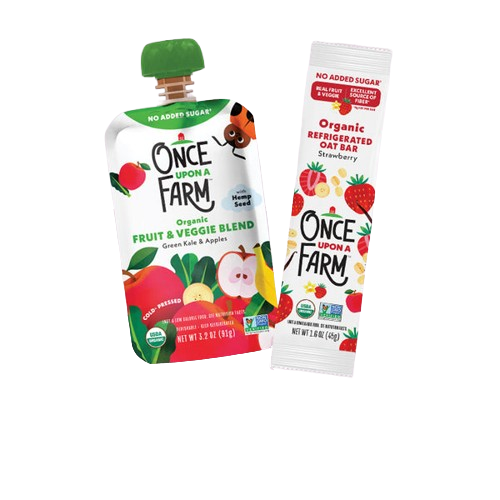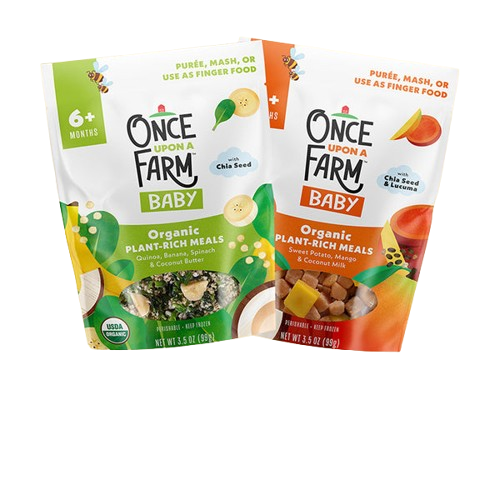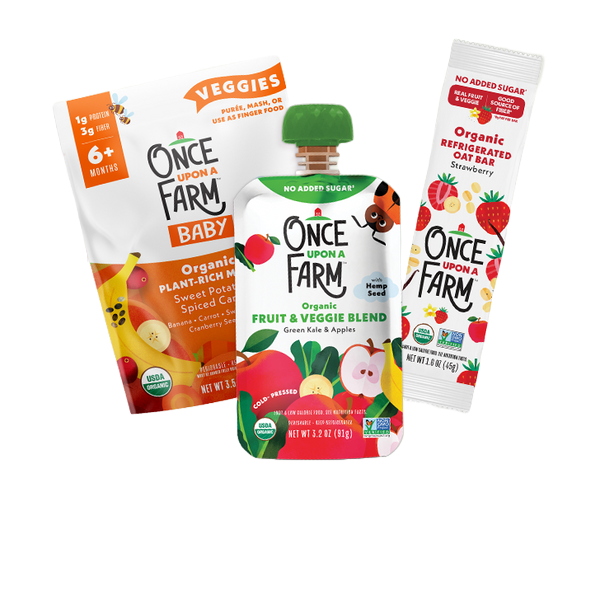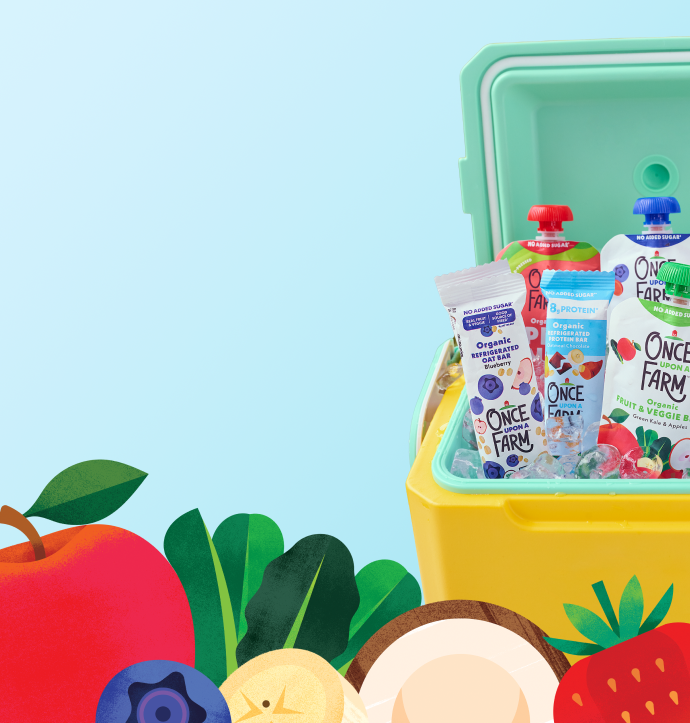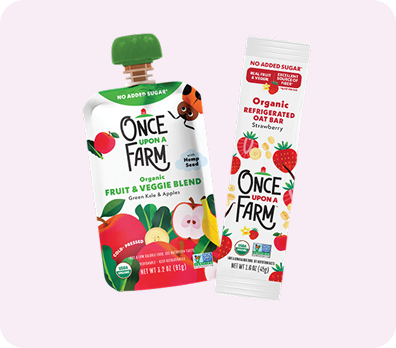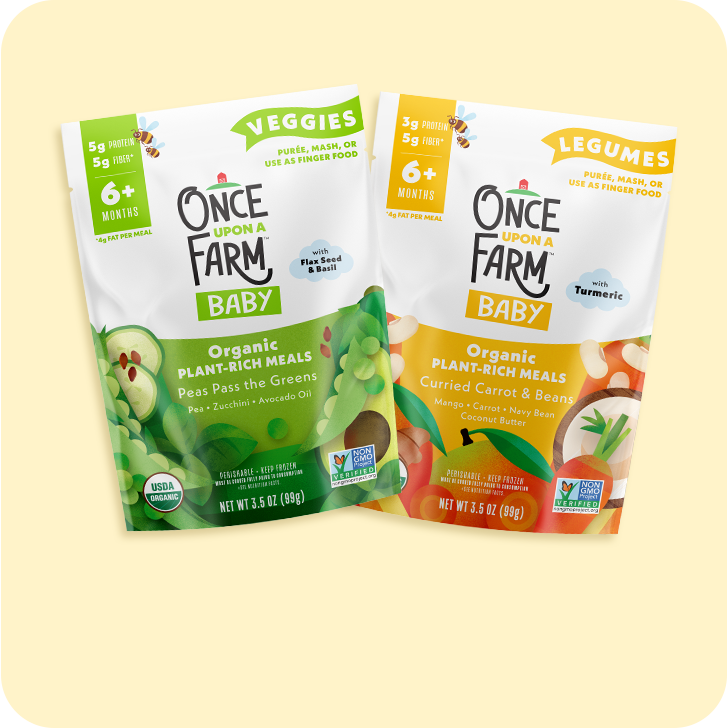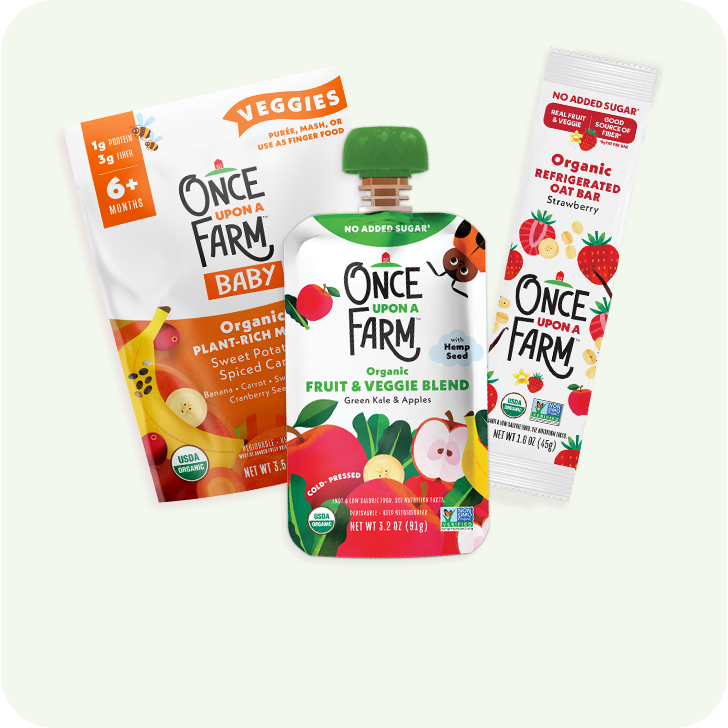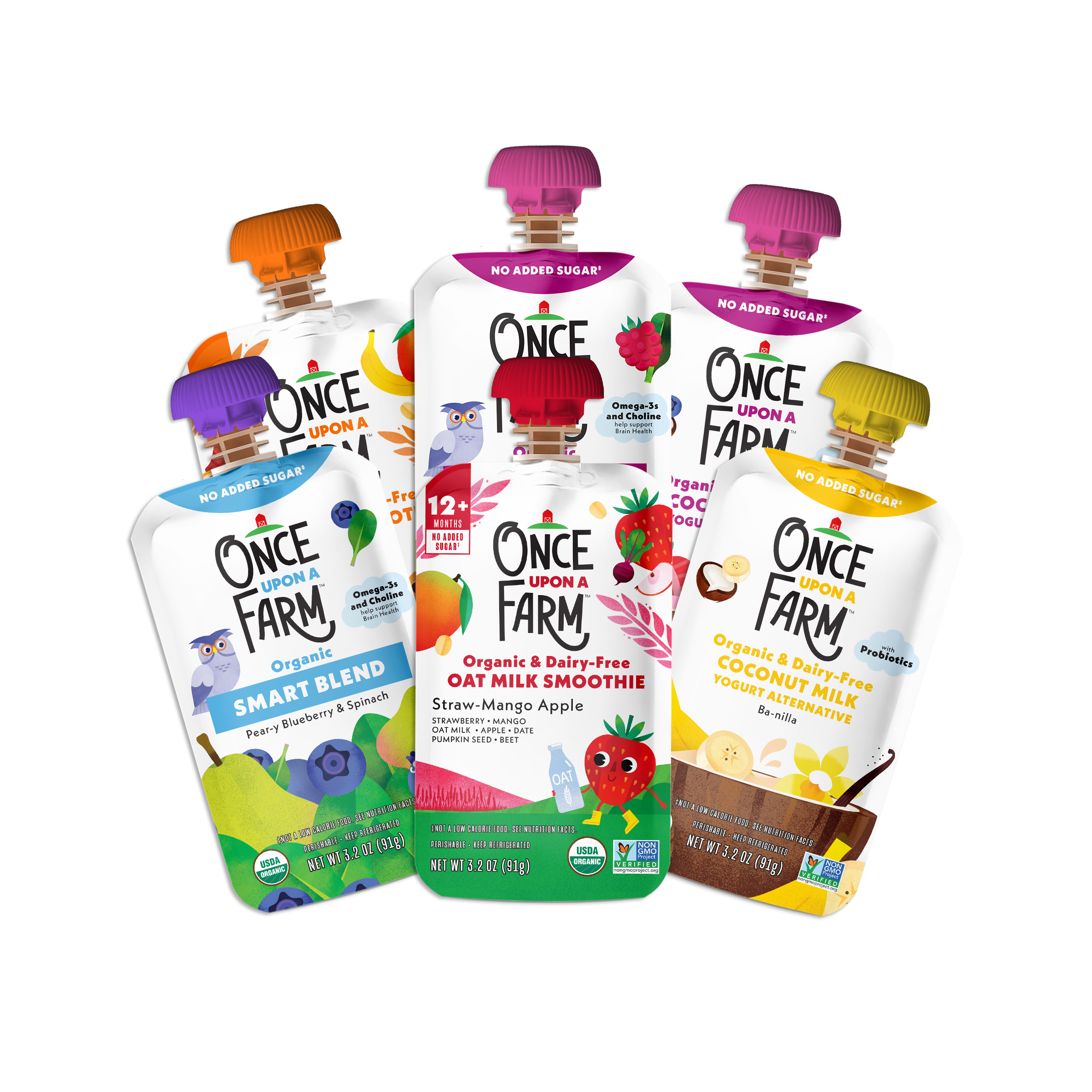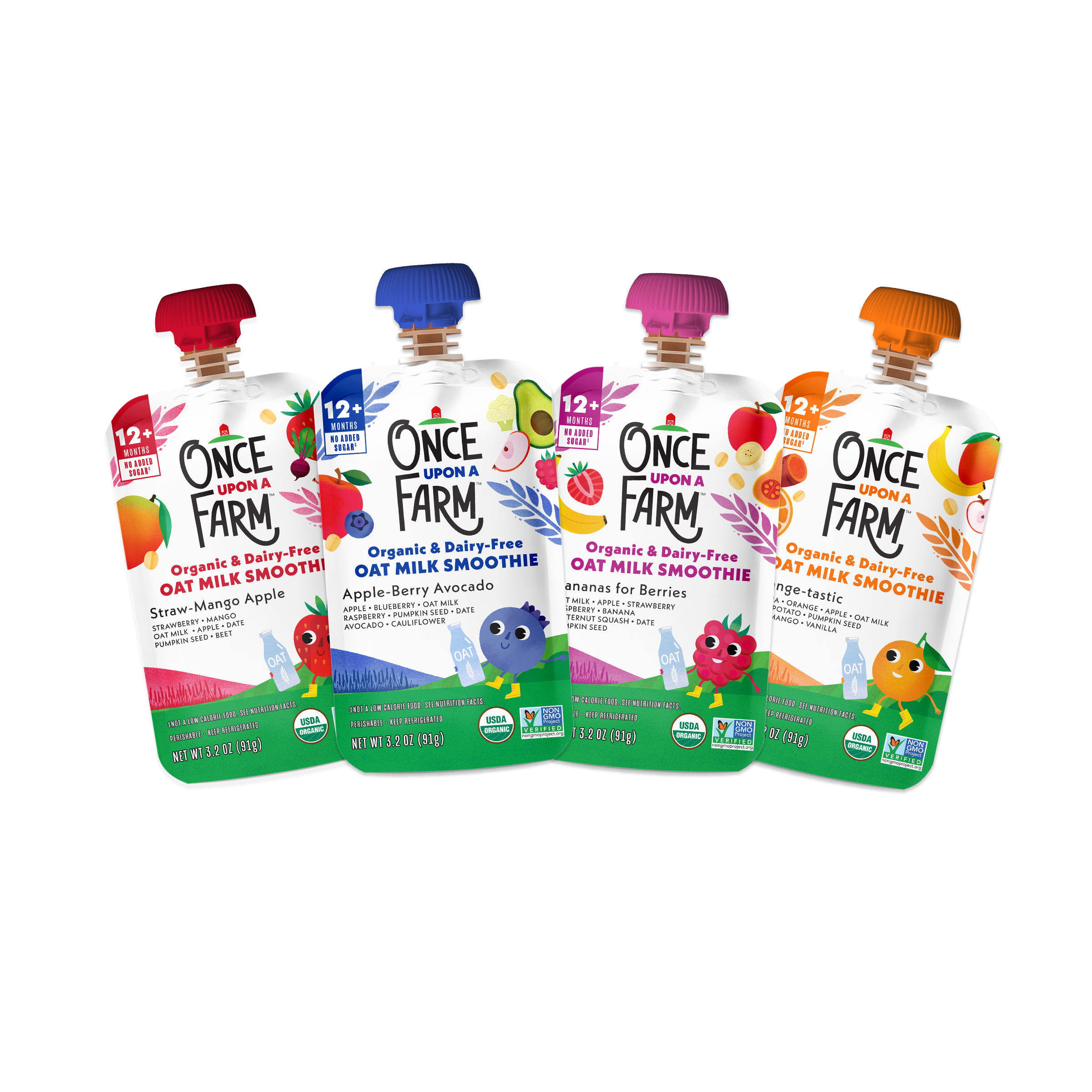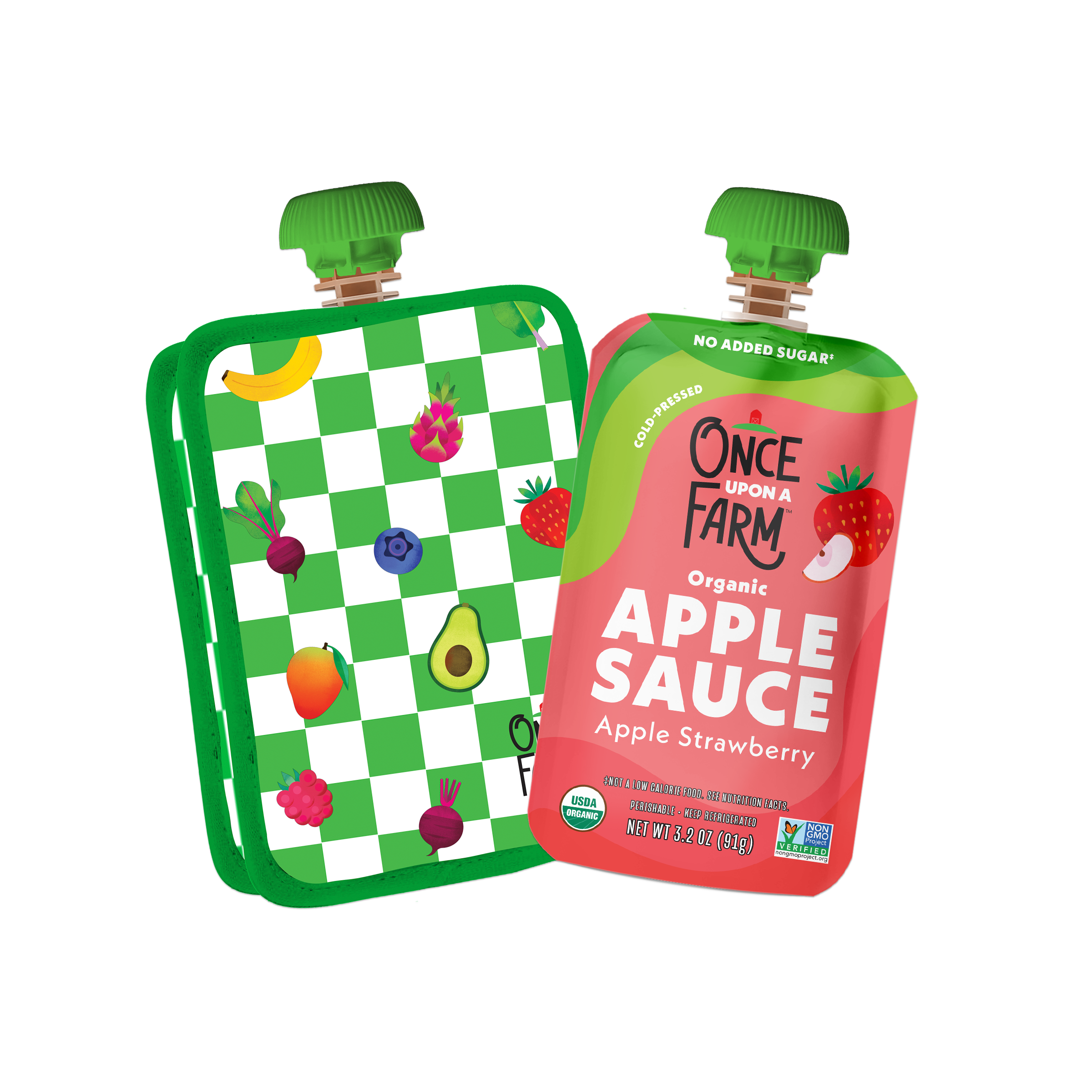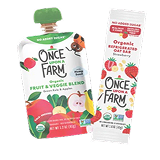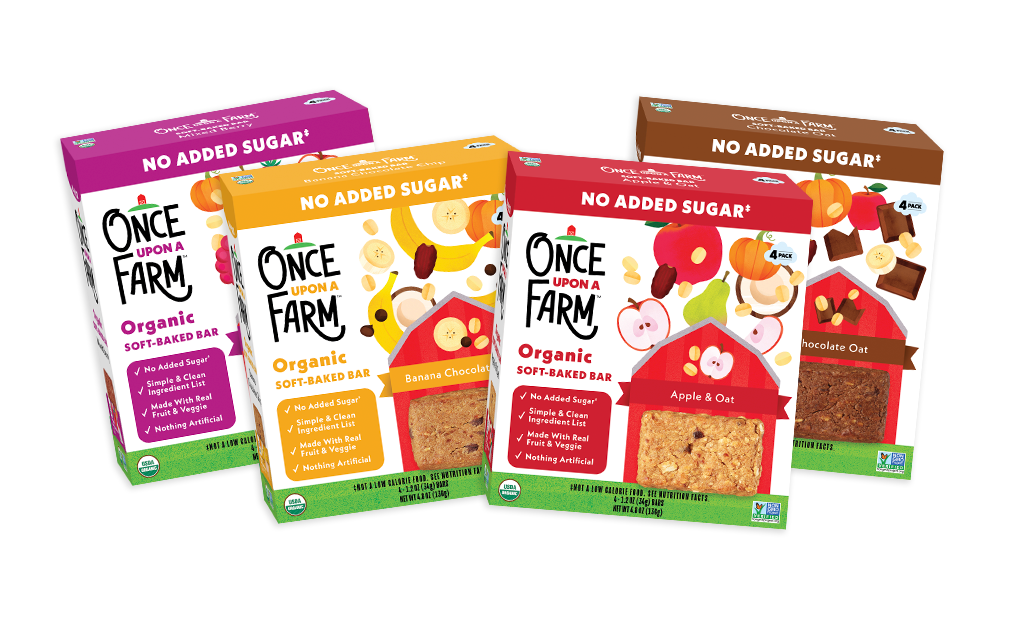There’s lots you can prepare for as a parent or parent-to-be, but even more you cannot. One thing you might not expect is how quickly you become intimately familiar with the look, feel, smell, and regularity of your child’s poop. But even with all this experience, there are lots of poop-related questions you’ll find yourself googling at 3 a.m.
To save you from a little bit of that stress-inducing searching—the kind that often causes more confusion—we went straight to the pros. We spoke with pediatrician Dr. Krupa Playforth, M.D. (@thepediatricianmom) and gut microbiome expert Dr. Suzanne Devkota, PhD, to help us answer those questions that keep so many parents up at night.
What Does Normal Poop Look Like?
“The appearance of ‘normal’ stool depends a lot on age.” Dr. Playforth says. “For young infants, particularly those who are not yet on solid foods, stool can be anywhere from yellow, to orange, to green, to brown.” With breastfed infants, you’ll see yellow, seedy stool. “After starting solid food,” she says, “one may see partially digested bits of food within the stool itself, which is not a cause for concern.” At this point, Dr. Devkota notes, “the appearance of their poop will be primarily a reflection of the foods they are eating.” Once you get into toddlerhood, and the child is primarily eating solid food, the stools will appear similar to adult stools: brown or green, and ranging in consistency.
What Is (Potentially) Problematic-Looking Poop?
Dr. Devkota shared some (potential) warning signs when it comes to a child’s poop, and what these may indicate for our kid’s health.
- Black stool (not green but black) can be indicative of bleeding higher up in the GI tract
- Red spots in normal poop could be a sign of a milk allergy (note: your child’s poop may appear notably red if they eat or drink red foods)
- Red spots in runny stool could be indicative of an infection
- Chalky or whitish poop could be a sign they are not digesting their food properly
- Small pieces or little balls of poop due to constipation is a sign your baby needs more hydration, or may have a food sensitivity (note: this can also occur when your baby is transitioning to solid foods)
Additionally, as Dr. Playforth reminds us, “If a child has a departure from their normal pattern of stooling—or if there is any pain associated with pooping—it is never wrong to talk to your pediatrician.”
What Is a Normal Pooping Frequency?
In terms of frequency, particularly for young infants, Dr. Playforth says, “Normal poop frequency can range (anything from several times per day to once every few days is normal).” For toddlers and older kids, “we tend to focus more on the consistency and comfort associated with stooling than we do the frequency.” For toddlers and older children, a minimum of once every 2-3 days is typical.
How Can I Improve My Child’s Gut Health (& Their Pooping)?
“Parents can improve their kids’ gut health by providing a diversity of fiber-rich foods,” Dr. Devkota says, “but also introducing food across the whole food spectrum if that is available to you.” Dr. Playforth echoes this advice, suggesting, “Fresh fruit and vegetables, whole wheat grains with good fiber content, adequate hydration.” If you’re dealing with constipation, she says, fruits starting with ‘P’ (pears, plums, prunes) can be especially helpful.
Another way to improve your child’s gut health is with more outdoor time! Dr. Devkota shares, “Exposing your child to the outdoors, letting them play outside in the environment, interacting with pets, playing with other children and adults, improves the diversity of bacteria that live in their guts which in turn educates their developing immune system more robustly to induce tolerance rather than reactivity.”
At the end of the day, you know your child—and their poop—best. If you are concerned, trust your gut and contact your healthcare provider. Save yourself that midnight scrolling!

